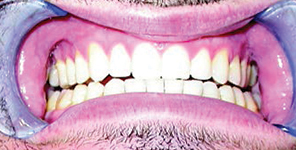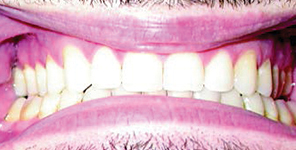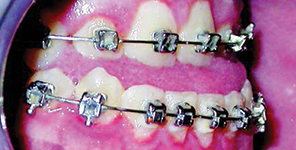Low Tongue Rest Posture

Any time the nasal breathing is impaired, temporarily or chronically, the jaw drops and the tongue positions itself low and forward to open up the upper airways.
A low tongue rest position (or posture) is either a necessity or a habit, when the nose is functioning but the brain retains the old mouth breathing habit. A LTRP can also be present without nasal involvement, with the tongue not being positioned against the palate.
OMT
HELPS

Since most dysfunctions of the mouth have an origin in the nose, OM therapists recognize that LTRP is the symptom of something more important, like lack of nasal breathing. In absence of nasal obstructions or neurological disorders and conditions, OM therapist can retrain the brain in changing the low position habit, by repositioning the tongue at rest, and by promoting lips seal.
IF NOT
TREATED

Both low tongue rest posture and its underlining causes have long term effects involving the TMJ health and function, stability of the dental occlusion, possible narrowing of the maxilla, or possible chronic open mouth posture.

17. Low Tongue Rest Posture
–Engelke W, Jung K, Knosel M. Intra-oral compartment pressures: a biofunctional model and experimental
measurements under di erent conditions of posture. Clin Oral Investig 2011;15(2):165–76.